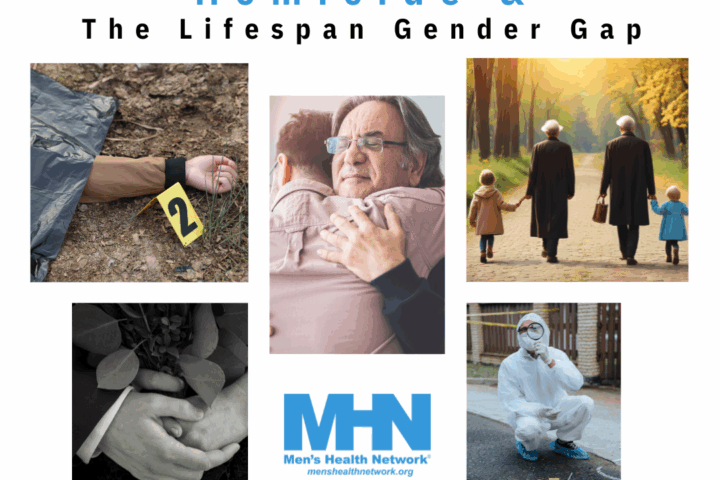Apart from several incidents involving crime (including some crimes that never actually happened), violence, and some green-colored pools, the 2016 Summer Olympics in Rio de Janeiro went off pretty much without a hitch. But in the back of everyone’s mind–and at the forefront of the media’s, even now that the Olympics are over–is the Zika virus (a mosquito-spread disease that may cause birth defects in the unborn children of pregnant women who contract the disease).
People are scared. Though prevalent throughout South and Central America, with its epicenter in Brazil, Zika has made it all the way up to the southern United States. What makes Zika especially problematic (aside from the lack of a cure or vaccine), is that it’s transmitted through sexual intercourse as well as mosquito bites, meaning that people who haven’t even left the country can catch the disease from travelers returning to the United States.
Media and Fear Mongering
Like Swine Flu, Bird Flu, and H1N1, the threat of Zika is often exaggerated. While the public fears a worldwide outbreak as a result of Olympic tourism, healthcare experts have stated with confidence that such a pandemic is unlikely. While there are plenty of people who have been affected by Zika, it’s not nearly as widespread as the media would have us believe it is.
South and Central America is ground zero for fighting Zika, but American hospitals and healthcare organizations are doing some incredible work to fight Zika abroad and eradicate it within our borders.
Support of the CDC
The Center for Disease Control and Prevention (CDC) announced in July that it would contribute $60 million to American cities and states in the fight against the Zika virus. This funding aims to increase support through epidemiological surveillance and investigation, mosquito control and monitoring, and strengthening of laboratory capacity. The Department of Health and Human Services allocated an additional $81 million to local governments to help them better equip hospitals and healthcare organizations.
US Hospitals and Healthcare
Zika is in the United States, which means that our hospitals and healthcare organizations must react. While Zika is spread via mosquito bites and sexual contact with someone who is already infected, the virus is not airborne, can’t be spread easily through saliva, coughs or sneezes, and runs its course through the body in just a few months. So it’s a relatively mild disease, when compared to much more contagious viruses such as Ebola.
Still, precautions must be taken. And U.S. hospitals are using everything from clean rooms sealed with o-rings to modern medical manufacturing practices that ensure that equipment produced to fight Zika doesn’t become contaminated. While the rest of the world is dealing with the worst of the disease, the United States is leading the way in sterilizing its hospitals to prepare for a fight at home.
Infrastructure at Work
One of the most effective ways U.S. hospitals can work together to fight Zika is by sharing information. Even in 2016, not all medical data is digital, so U.S. hospitals have gone above and beyond to ensure that information on the virus and those treated for the infection, is accessible between regions. The New Jersey Health Association (NJHA) also puts on webinars for staffs from other hospitals that want to learn more about prevention, treatment, and best practices.




